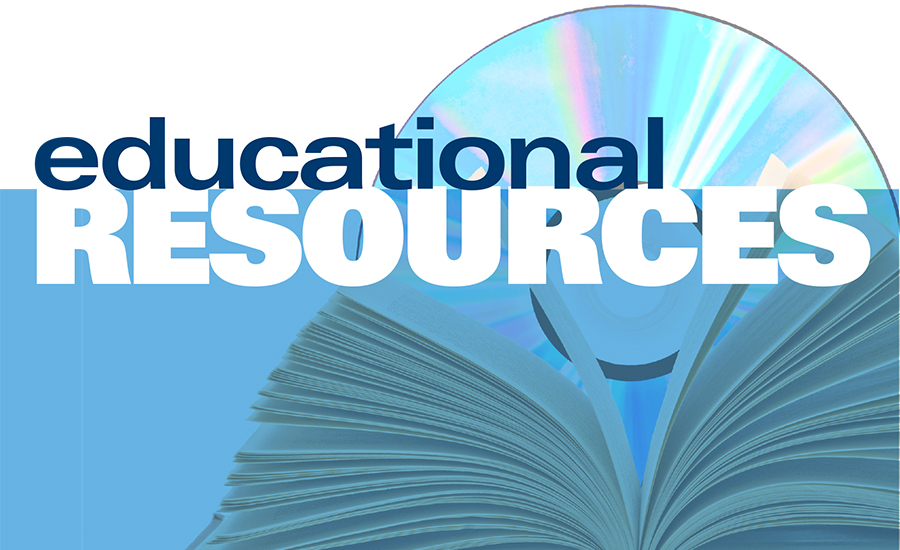AIHA, ACGIH journal addresses OELs

A supplement to the December issue of the Journal of Occupational and Environmental Hygiene (JOEH), will address current issues related to the science of setting occupational exposure limits (OELs). The ten articles in State of the Science of Occupational Exposure Limit Methods and Guidance resulted from collaborations between scientists at the National Institute for Occupational Safety and Health (NIOSH), Toxicology Excellence for Risk Assessment (TERA), and other organizations.
The supplement includes the following articles:
- State-of-the-Science: The Evolution of Occupational Exposure Limit Derivation and Application
- Historical Context and Recent Advances in Exposure-Response Estimation for Deriving Occupational Exposure Limits
- Advances in Inhalation Dosimetry Models and Methods for Occupational Risk Assessment and Exposure Limit Derivation
- Systems Biology and Biomarkers of Early Effects for Occupational Exposure Limit Setting
- The Scientific Basis of Uncertainty Factors Used in Setting Occupational Exposure Limits
- Considerations for Using Genetic and Epigenetic Information in Occupational Health Risk Assessment and Standard Setting
- Setting Occupational Exposure Limits for Chemical Allergens-Understanding the Challenges
- Exposure Estimation and Interpretation of Occupational Risk: Enhanced Information for the Occupational Risk Manager
- Aggregate Exposure and Cumulative Risk Assessment-Integrating Occupational and Non-occupational Risk Factors
- The Global Landscape of Occupational Exposure Limits-Implementation of Harmonization Principles to Guide Limit Selection
The supplement was co-edited by Lisa Brosseau, a professor at the University of Illinois-Chicago School of Public Health, and Jonathan Borak, clinical professor of Epidemiology and Public Health and a clinical professor of Medicine at Yale University School of Medicine.
The supplement marks the end of a momentous year for JOEH. In January, the Journal debuted a new cover design, the first design change since its launch in 2004. The new cover combines the colors of AIHA and ACGIH, which jointly publish JOEH.
Along with traditional industry topics, such as those found in the December supplement, JOEH is expanding its reach by covering nontraditional topics in occupational and environmental health and safety, including studies about adverse exposures involving consumers. In 2013, the Journal published original research on noise exposures in professional hockey arenas and on the health effects for cosmetologists stemming from use of the hair-straightening product Brazilian Blowout, which was found to contain potentially dangerous amounts of formaldehyde.
In August, a commentary by Deborah Gold, MPH, CIH, on the health hazards facing performers in the adult film industry garnered significant media attention for JOEH. Gold is the former Deputy Chief of Health for Cal/OSHA. A press release about her article "An Industrial Hygienist Looks at Porn" was widely distributed and discussed in more than 100 print and online media outlets.
"JOEH and its predecessor journals were traditionally geared toward worker exposures to harmful agents," said JOEH Editor in Chief Mark Nicas, PhD, CIH. "Although the workplace remains our primary focus, JOEH seeks to publish studies about adverse exposures involving consumers-the Brazilian Blowout product-and about non-traditional topics such as the adult film industry. The principles of exposure science, a specialty of the occupational hygiene profession, clearly apply beyond the workplace. By broadening the JOEH focus, we hope to enhance our visibility among the general public and related technical professions."
Read the full supplement in the Journal of Occupational and Environmental Hygiene.
JOEH is published jointly by the American Industrial Hygiene Association® (AIHA) and the American Conference of Governmental Industrial Hygienists® (ACGIH).
Looking for a reprint of this article?
From high-res PDFs to custom plaques, order your copy today!




